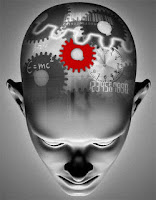Part 2 of 3. By Manuel Morin…
They were the first approaches to make psychology a more reliable scientific model.
They were the beginnings of experimentation, approval and the establishment of laws to later move on to the study of the structures of the mind, its function, how stimuli and responses operate and arrive at the study of the phenomena of perception.
After all these serious and honest attempts of a group of visionary men, historically three important currents (forces) also appeared, for the explanation of the behavior, the different disorders and treatments of the human being. Thus, Freudian psychoanalysis emerges as the first force, with different disciples who at the time responded to the great sexual repression that existed in the Victorian era. Later, in the 20th century, technology replaced man with machines, which generated "the age of anxiety" and with it the emergence of "behavior modification therapies" with behaviorism as the second force.
"After the war, Europe and the United States lost meaning, appearing the various approaches called humanist-existentialists."
These psychotherapeutic movements formed the third force and their applications filled the gap of this historical period characterized by depersonalization, lack of meaning and meaning in human life.
In summary, we have that according to the order in which they appeared, the three great theories or forces are:
a) Freudian psychoanalytic theory (first force).
b) behavioral theory, positivist (second force).
c) Humanist, existential theory (third force).
we continue tomorrow

